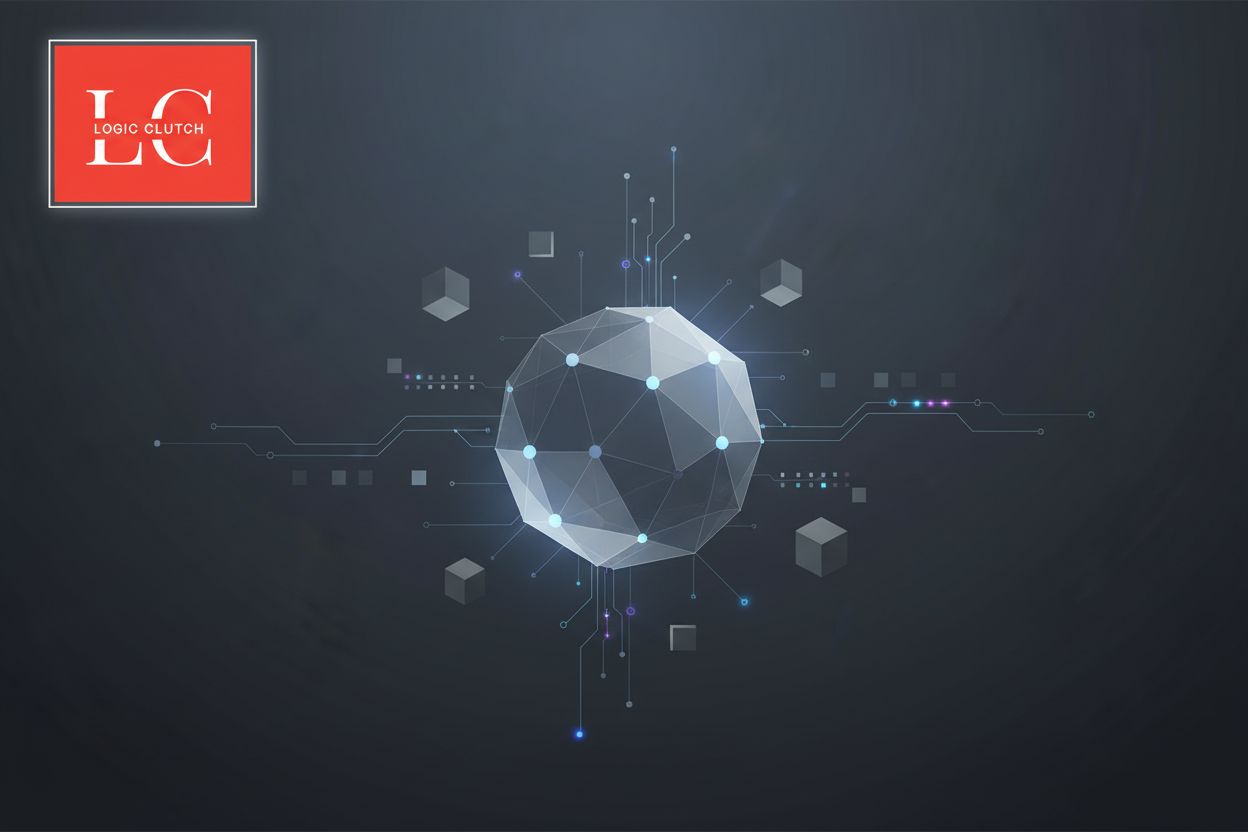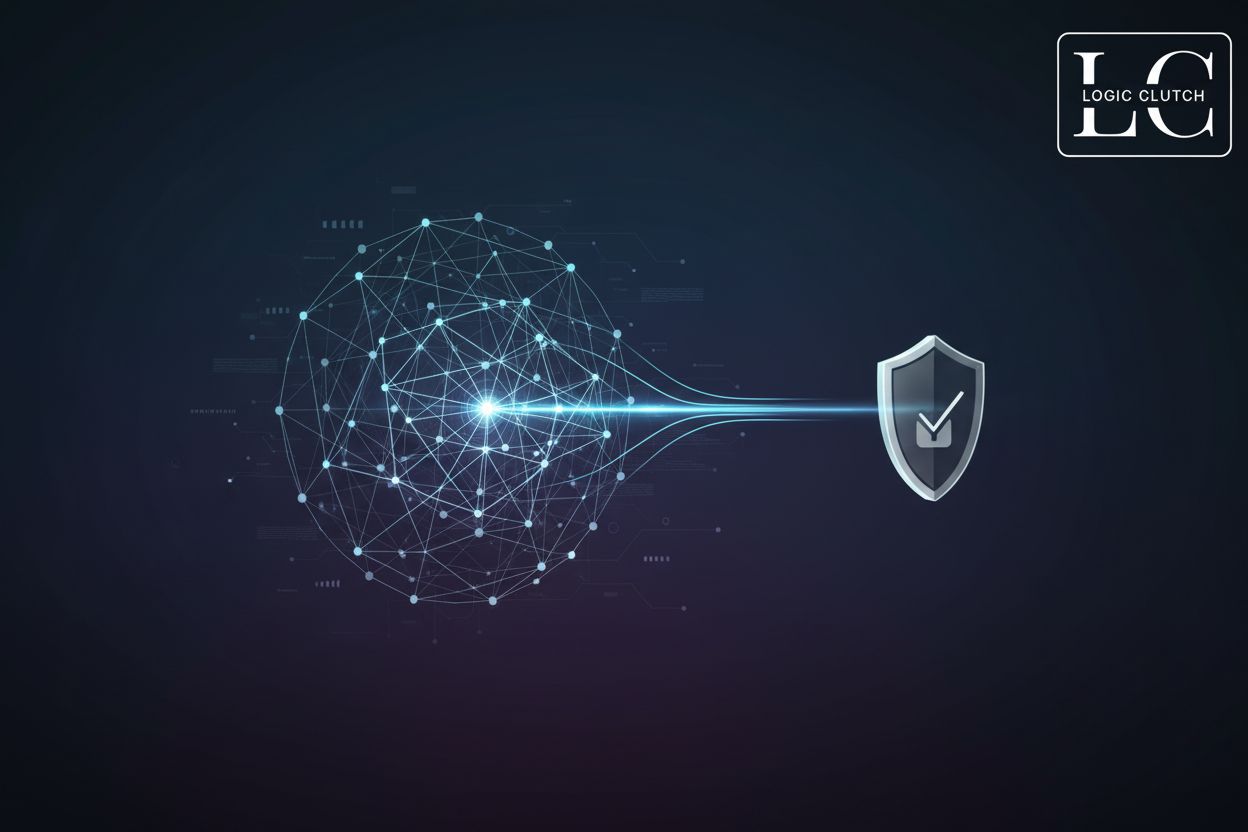Securing Data Insights: Federated Learning with Differential Privacy for Enterprises
TL;DR
Understanding Federated Learning and Its Privacy Challenges
Federated Learning (FL) is revolutionizing how enterprises handle data, but it's not without its challenges. How can organizations leverage collective insights without compromising individual privacy?
Here's a breakdown of what you need to know:
- Decentralized approach: FL trains machine learning models across multiple devices or servers. Federated learning as a smart tool for research on infectious diseases explains how this method enables research on data from various sources without data leaving local servers.
- Local data: Data remains on local devices, improving privacy.
- Collaborative models: Only model updates are shared, not raw data.
- Privacy: Privacy is a key design principle, but vulnerabilities exist.
Traditional FL faces significant privacy challenges. Model updates can inadvertently leak sensitive information.
Next, we will delve into the specific privacy risks inherent in traditional Federated Learning.
Differential Privacy: A Robust Privacy Shield
Differential Privacy (DP) provides a strong shield for sensitive data. It balances the need for data utility with the risk of exposing individual information.
- Adding noise: DP adds carefully calibrated noise to the data. This process ensures that the presence or absence of any single individual's data does not significantly alter the outcome of the analysis.
- Mathematical guarantees: DP provides mathematical guarantees of privacy. It quantifies the level of privacy protection, allowing organizations to make informed decisions about data sharing.
- Quantifying privacy loss: Epsilon (ε) and delta (δ) quantify privacy loss. Lower values indicate stronger privacy guarantees, but might also reduce the accuracy of the results.
Differential privacy offers a rigorous framework for protecting data. It is essential for organizations seeking to leverage federated learning without sacrificing privacy.
Let's now look at different types of differential privacy and how they apply to federated learning.
Federated Learning with Differential Privacy (FLDP): The Best of Both Worlds
Federated Learning with Differential Privacy (FLDP) offers a robust solution that combines the strengths of both techniques. But how exactly does this powerful combination work?
Here's a look at the key components of FLDP:
- Collaborative training: FLDP uses federated learning's decentralized approach. Model training occurs locally on each device or server.
- Privacy-preserving updates: Before sharing, DP adds noise to the model updates. This prevents sensitive information from leaking.
- Iterative aggregation: The central server aggregates the noisy updates. This creates a global model while preserving privacy.
The balance between privacy and accuracy often depends on the amount of noise added. Now, let’s consider the benefits of FLDP for enterprises.
Challenges and Considerations When Implementing FLDP
Implementing Federated Learning with Differential Privacy presents unique hurdles. How do you ensure accuracy, manage computational costs, and handle diverse data?
Here's a look at key challenges:
- Accuracy vs. Privacy: Balancing noise addition to protect data with maintaining model accuracy.
- Computational Overhead: DP mechanisms increase computational demands, straining resource-limited devices. Demo: A Practical Testbed for Decentralized Federated Learning on Physical Edge Devices studies energy consumption during training on edge devices.
- Data Heterogeneity: Variations in data quality across sources can impact model performance.
Next, we will consider the impact of data imbalances on model performance.
Real-World Applications of FLDP
Federated Learning with Differential Privacy unlocks exciting possibilities. But where can enterprises use this technology today?
- Healthcare benefits from predictive modeling for disease diagnosis. FLDP also aids drug discovery while maintaining patient confidentiality.
- Finance uses FLDP for fraud detection and risk assessment. This occurs without sharing sensitive customer data.
- Retail employs FLDP for personalized recommendations and supply chain optimization. This improves customer experience while protecting privacy.
Next, we will consider the impact of data imbalances on model performance.
Implementing FLDP: A Practical Guide
Implementing Federated Learning with Differential Privacy demands careful planning. A solid strategy ensures a balance between model accuracy and data protection.
Selecting the right tools is crucial for successful FLDP implementation. Consider these popular options:
- TensorFlow Federated offers a comprehensive framework for federated learning. It supports various DP mechanisms.
- PyTorch is a flexible platform with strong community support. It allows you to implement custom DP strategies.
- Explore other open-source libraries that provide specialized DP tools. Select the right one based on your specific needs.
A secure environment protects data during FLDP processes. Key measures include:
- Establish strong data governance policies that define data access and usage.
- Implement secure communication protocols, such as TLS, to encrypt data in transit.
- Use access control mechanisms to restrict data access to authorized personnel only.
Continuous monitoring ensures ongoing privacy and performance. Focus on:
- Tracking privacy loss using metrics like epsilon (ε) and delta (δ).
- Evaluating model performance to detect any accuracy degradation.
- Ensuring compliance with regulations such as GDPR and HIPAA.
With the right frameworks, security, and monitoring, you can confidently implement FLDP. Next, let's consider the impact of data imbalances on model performance.
The Future of FLDP: Trends and Innovations
The future of FLDP is bright, with ongoing research pushing its boundaries. These advancements promise even greater privacy and utility for enterprises.
Advanced DP techniques refine noise addition for better accuracy.
Homomorphic encryption allows computations on encrypted data.
Secure multi-party computation enables joint computations without revealing data.
Edge computing brings FLDP closer to data sources, reducing latency.
IoT devices generate vast amounts of data, ideal for FLDP.
AI ethics emphasizes responsible data use and privacy protection.
Continued innovation will drive FLDP adoption, empowering organizations to unlock data insights securely.





